Compression Springs – Technical Specifications of the Product
Compression Springs – Technical Specifications of the Product
electric resistance
Compression springs are relevant when the main purpose of a person or a business is to go up against the axis of the wind during the process of compression. They have different forms including straight and conical and can be constructed out of stacked elements. The variable diameters of the inner and outer parts as well as the wire of the compression spring should be used in order to make a purchase.
Compression springs are made out of different materials including high carbon steel wire, stainless steel, music wire, alloy steel, nickel-based alloy wire and brass. These parts are used in order to make sure that the springs will be able to resist corrosion. Some of the materials are also favored for their costs and elastic capabilities. Learn about the other technical aspects of these industrial products.
Physical and chemical properties of springs
Springs are commonly made with a wide array of materials. Despite this however, the product should be made from high quality items and not just any forms of alloy in the market. High strength alloys are recommended to ensure that the product will comply well with strength requirements. Overall, the spring should be a combination of high elastic limits, low modulus and high strength properties.
Since springs are expected to perform a lot of activities, they should cover a very extensive range when it comes to elasticity. It is therefore important to focus on the magnetic permeability, corrosion resistance, formability, fatigue strength, electric conductivity and availability as physical properties of the springs.
One important factor to look into when it comes to manufacture of compression springs is surface quality. This factor influences the capability of the spring to withstand fatigue strength. It is best to seek materials that are of the best surface quality to comply with high cycle regions.
Designs of springs
When spring designs are considered, the elastic modulus in terms of shear and tension is brought to mind. A modulus is a physics coefficient used to express the degree to which a substance shows a particular property or characteristic. The modulus is often a variety of the chemical composition as well as the degree of aging and cold work on the spring.
If the compression springs do not comply with the requirements, small technical variations may be made. The variation is adjusted in conjunction with certain parameters of the design including the coil diameter and the number of active coils. When material selection for the spring is a huge concern, the operating environment should be highly regarded.



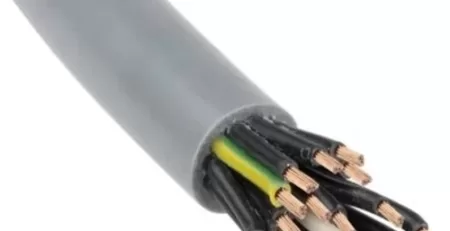
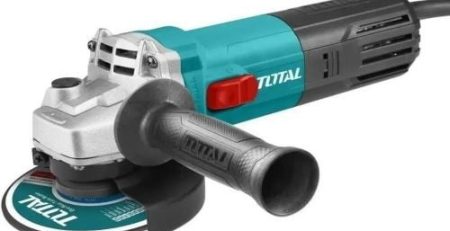
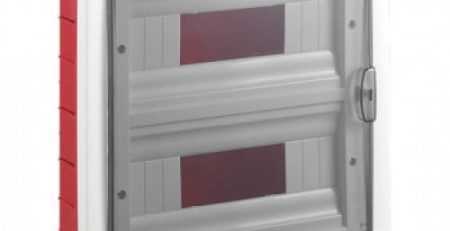



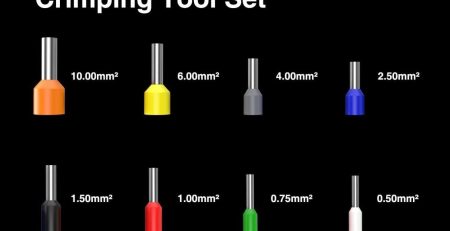

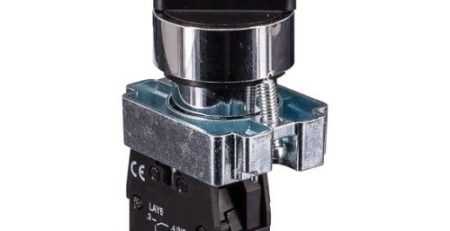

Leave a Reply
You must be logged in to post a comment.